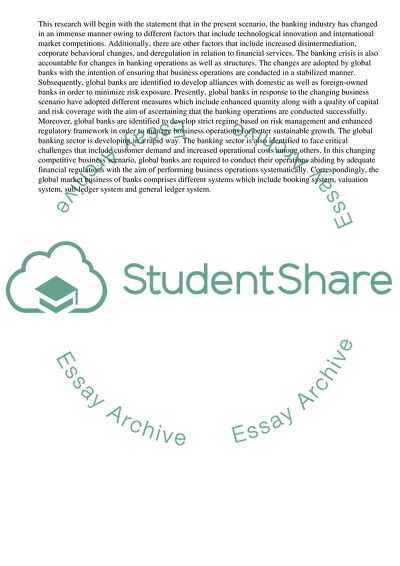Cite this document
(“System Overview of Banks Global Market Business Term Paper”, n.d.)
System Overview of Banks Global Market Business Term Paper. Retrieved from https://studentshare.org/business/1645744-an-insight-into-banks-global-markets-business
System Overview of Banks Global Market Business Term Paper. Retrieved from https://studentshare.org/business/1645744-an-insight-into-banks-global-markets-business
(System Overview of Banks Global Market Business Term Paper)
System Overview of Banks Global Market Business Term Paper. https://studentshare.org/business/1645744-an-insight-into-banks-global-markets-business.
System Overview of Banks Global Market Business Term Paper. https://studentshare.org/business/1645744-an-insight-into-banks-global-markets-business.
“System Overview of Banks Global Market Business Term Paper”, n.d. https://studentshare.org/business/1645744-an-insight-into-banks-global-markets-business.


